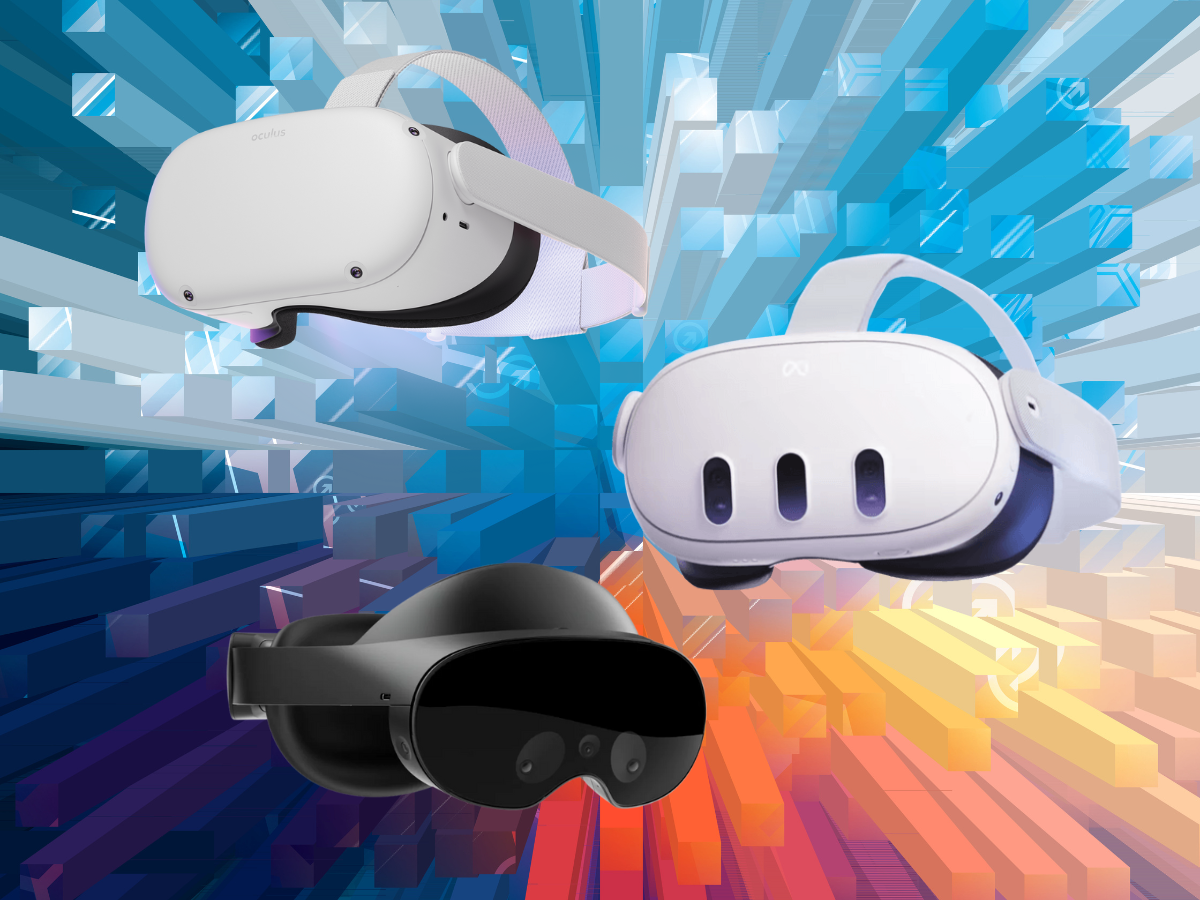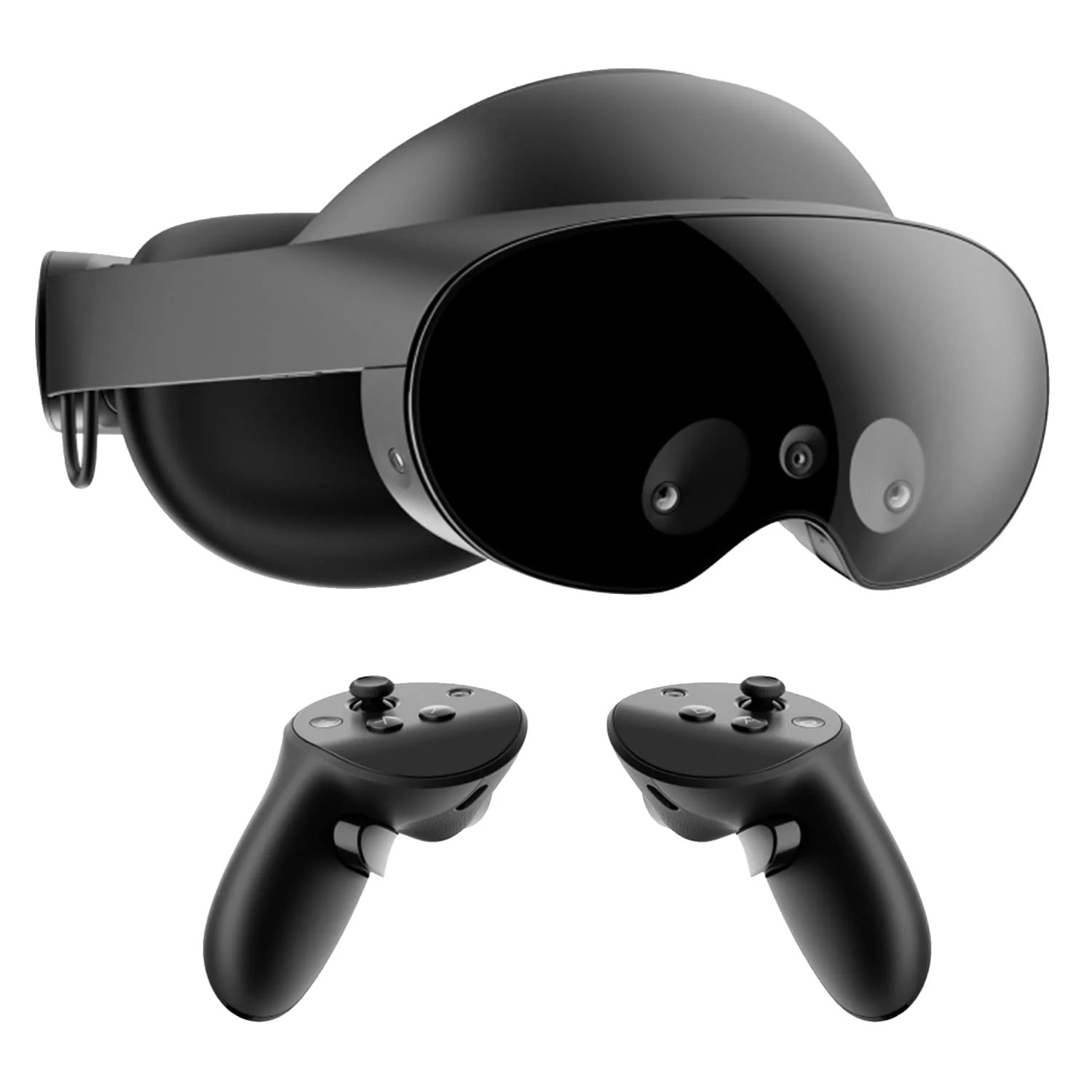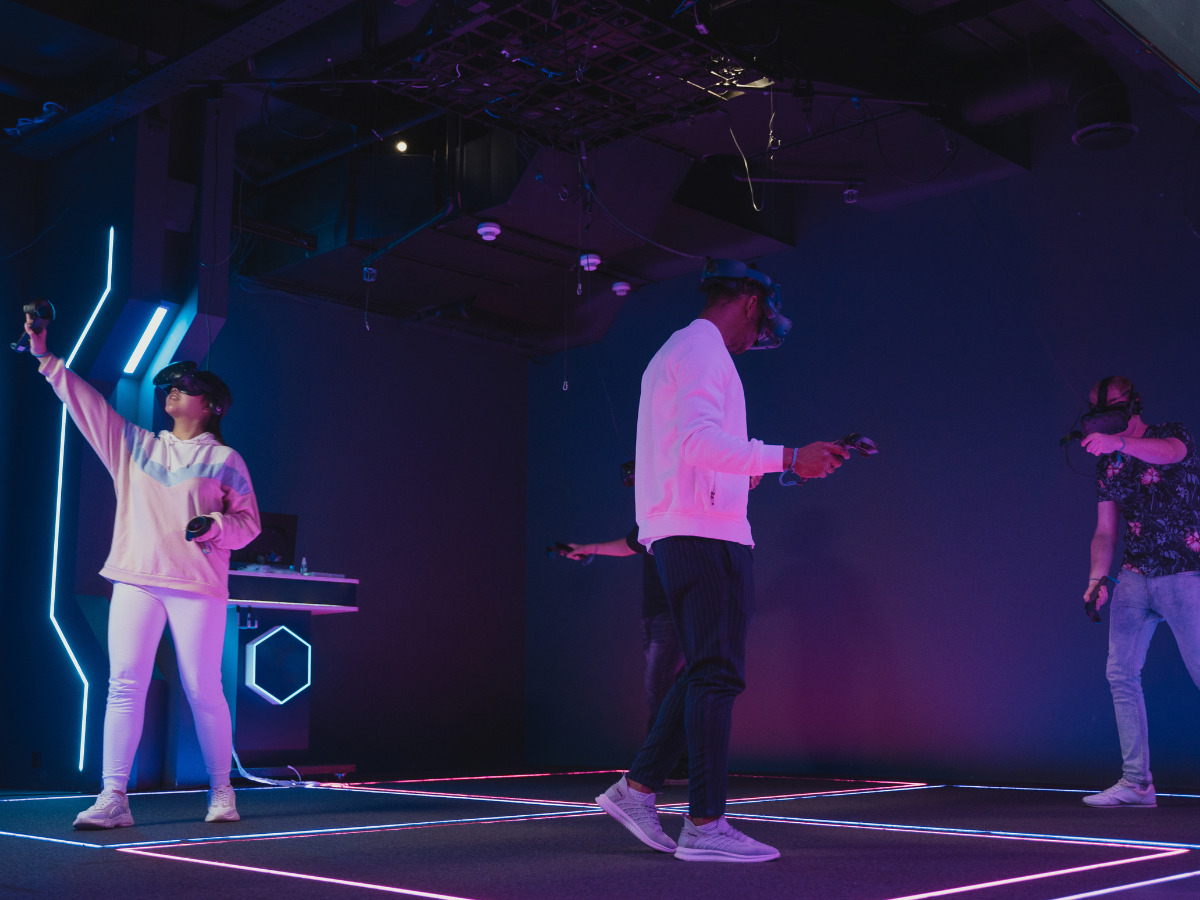The Meta Quest series (formerly known as the Oculus Quest) has revolutionized the virtual reality industry, offering users an immersive and untethered experience. With the recent release of the Quest 3 on the horizon, alongside the Quest 2 and the Quest Pro, it’s crucial to understand the differences between these headsets to make an informed purchasing decision. In this article, we’ll delve into the key features of each model, providing an overview to help you choose the ideal VR headset that suits your needs.
| Quest 2 | Quest Pro | Quest 3 | |
|---|---|---|---|
| Starting Price | $299 | $983 | $499 |
| Release Date | October 12, 2020 | October 24, 2022 | Fall 2023 (Unreleased) |
| Lense Type | Fresnel | Pancake | Pancake |
| Resolution per Eye | 1832×1920 | 1800×1920 | 2064×2208 |
| Processor | Qualcomm Snapdragon XR2 | Qualcomm Snapdragon XR2+ | Qualcomm Snapdragon XR2 Gen 2 |
| Passthrough | Grayscale | Colorized Grayscale | Full Color |
| Refresh Rate | 120 Hz | 90 Hz | 120 Hz |
| FoV | 97° horizontal 93° vertical | 106° horizontal 95.57° diagonal | 97° horizontal 93° vertical |
| Weight | 503g | 722g | 503g |
| Tracking | 6 DoF + Hand | 6 DoF + Hand + Face + Eye | 6 DoF + Hand |
| Battery Life | 2-3 Hours | 1-2 Hours | 2-3 Hours |
| Strap | Replaceable, 3rd and 1st party options | Fixed | Replaceable, 3rd party options |
| Overall Recommendation | Best value if you need a headset before Fall 2023 | Only worth it if you need face and eye tracking | Worth the wait for price to feature value |
Meta Quest 3: Unleashing the Power of Next-Generation Standalone VR
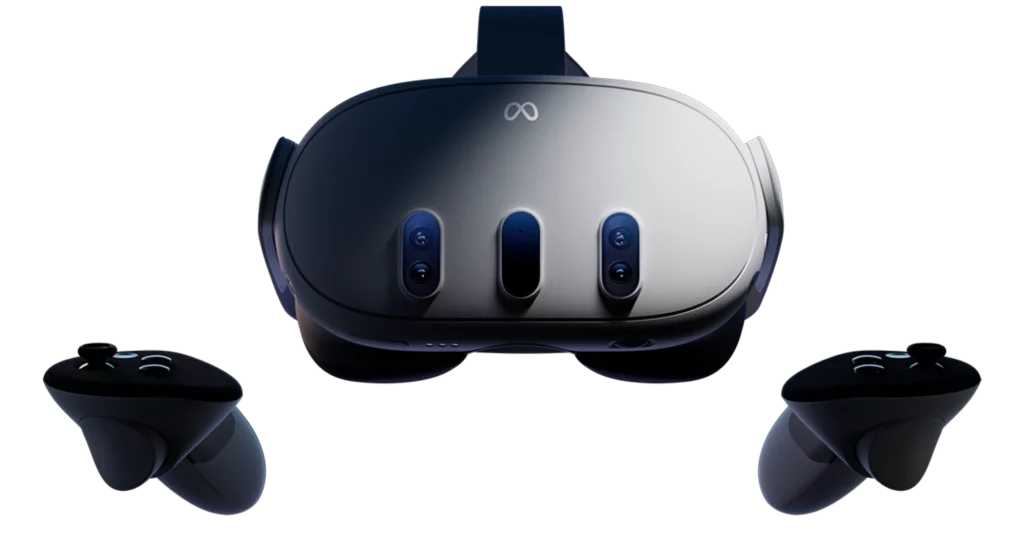
If you can wait until Fall 2023 for the latest upgrades, the Meta Quest 3 offers a compelling choice for VR enthusiasts. With prices starting at $499, this headset delivers significant improvements in terms of size, speed, and features compared to its predecessor, the Quest 2.
It remains compatible with the Quest 2 library, allowing users to enjoy their existing VR content seamlessly. Moreover, the Quest 3 introduces color passthrough and high-definition screens, enabling users to utilize the headset for day-to-day work tasks. I’ll definitely be testing out whether it can replace my multi-monitor setup once released. Although the battery life is similar to the Quest 2, lasting approximately 2 to 3 hours, the Quest 3 is poised to redefine the standalone VR experience with its enhanced performance.
Read more of what we know about the Quest 3 here.
Meta Quest 2: An Affordable Standalone Headset for the Present
If you’re seeking a standalone VR headset without the wait, the Meta Quest 2 is a compelling option. Currently available at a $100 discounted price ranging from $299 to $349, depending on the storage capacity, the Quest 2 offers a range of features and functionalities. It serves as an all-around headset suitable for both standalone and PC gaming through air link.
While the black and white passthrough and relatively lower display quality may be a bit lacking compared to current gen headsets, the Quest 2 still provides a commendable VR experience. With a battery life of 2 to 3 hours, it offers a diverse selection of aftermarket straps to ensure optimal comfort for every user.
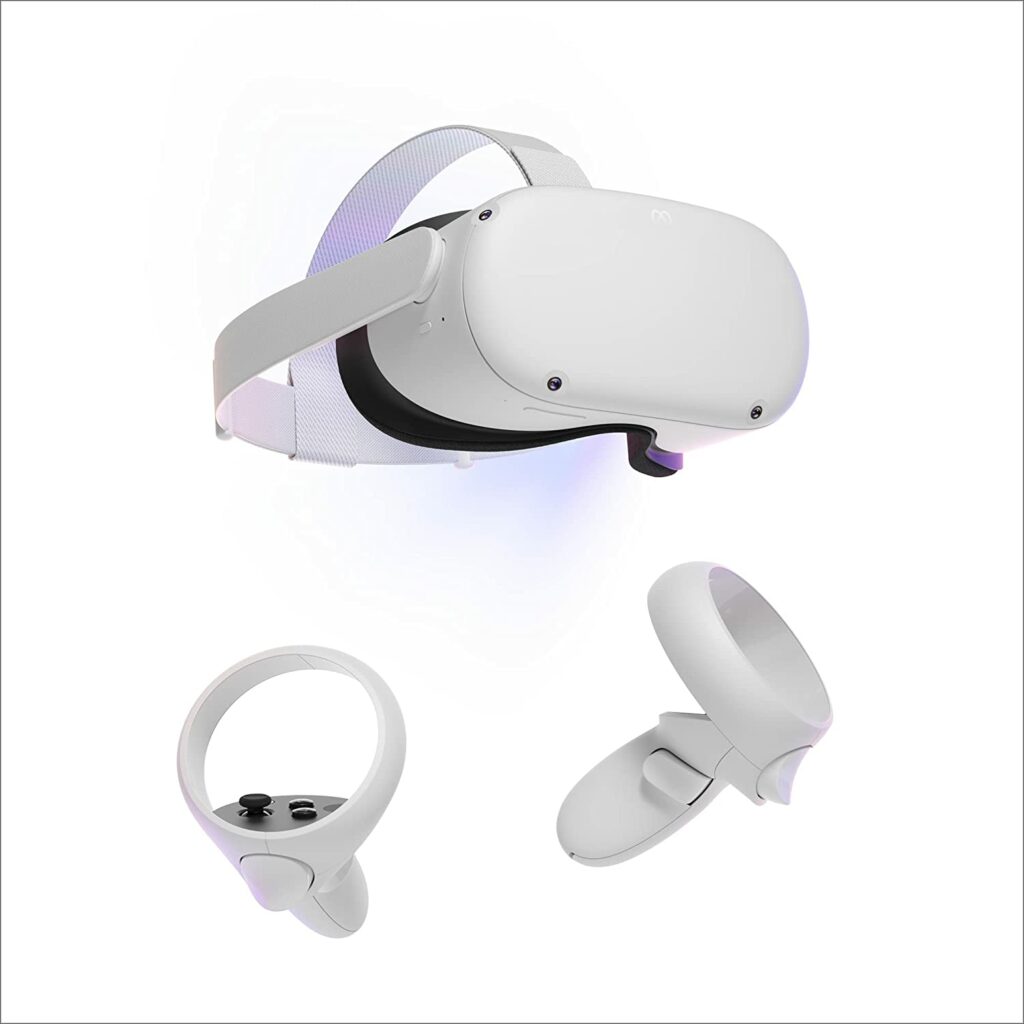
Meta Quest Pro: Focused on Advanced Features
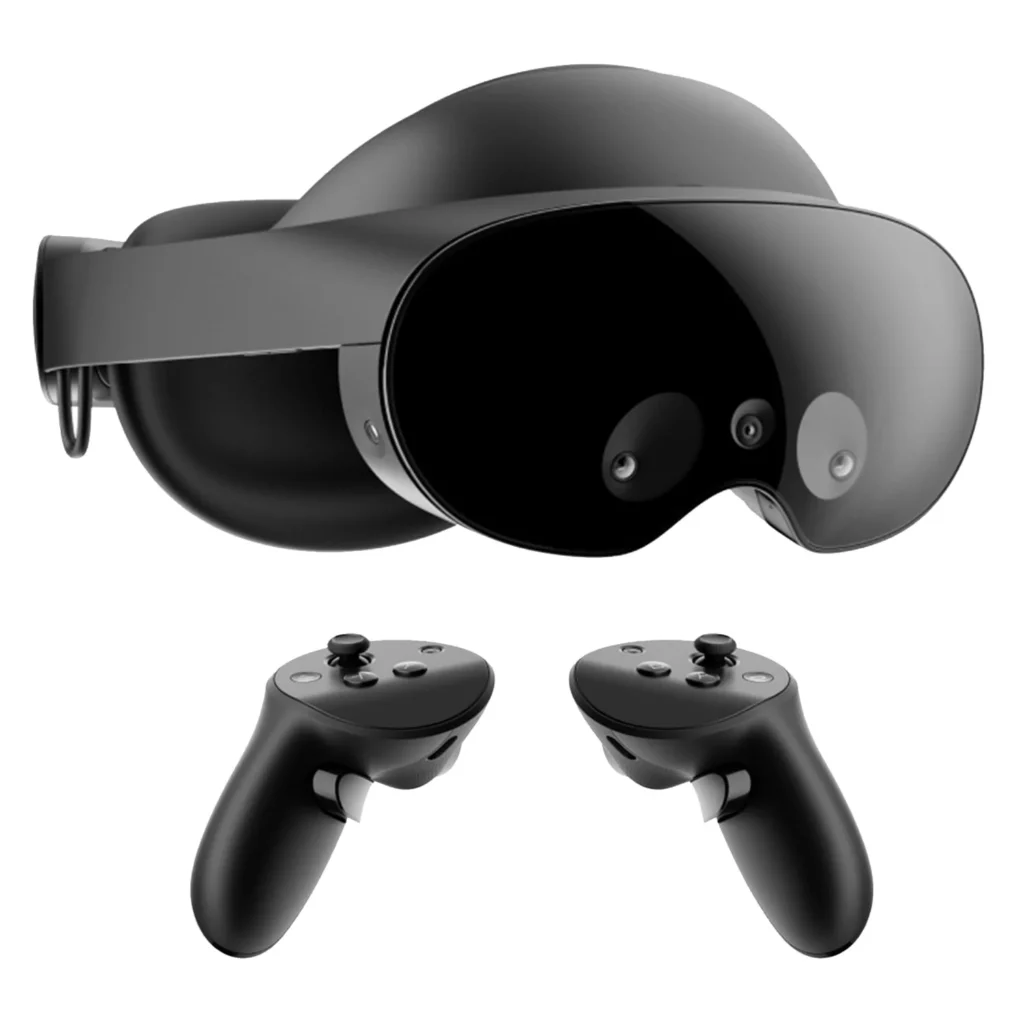
The Quest Pro is the high-end offering in the Oculus Quest series, targeted at users with specific requirements. Priced currently at $983, this headset is primarily recommended for those who absolutely require facial tracking. It boasts superior resolution and processing power compared to the Quest 2, promising an unparalleled visual experience.
The Quest Pro’s Touch Pro controllers provide exceptional tracking accuracy, though they can be purchased separately for $299 and used with either the Quest 2 or Quest 3. However, it’s worth noting that the Quest Pro lacks swappable straps, limiting customization options, and its battery life ranges from 1 to 2 hours. Unless facial tracking is crucial to your VR activities, the Quest Pro’s prohibitive price may make it less appealing for most users.
Choosing the right VR headset from the Meta Quest series depends on your individual needs and preferences. The Quest 3, with its forthcoming upgrades and enhanced features, presents an exciting option for those willing to wait. Meanwhile, the Quest 2 offers a compelling standalone experience at an affordable price, catering to the present needs of VR enthusiasts. The Quest Pro targets users seeking advanced features such as facial tracking, but its higher price and limited customization options may deter many potential buyers. Consider your budget, immediate requirements, and long-term goals to make an informed decision and embark on an immersive virtual reality journey that suits your desires.
Which of these 3 headsets have you chosen?
